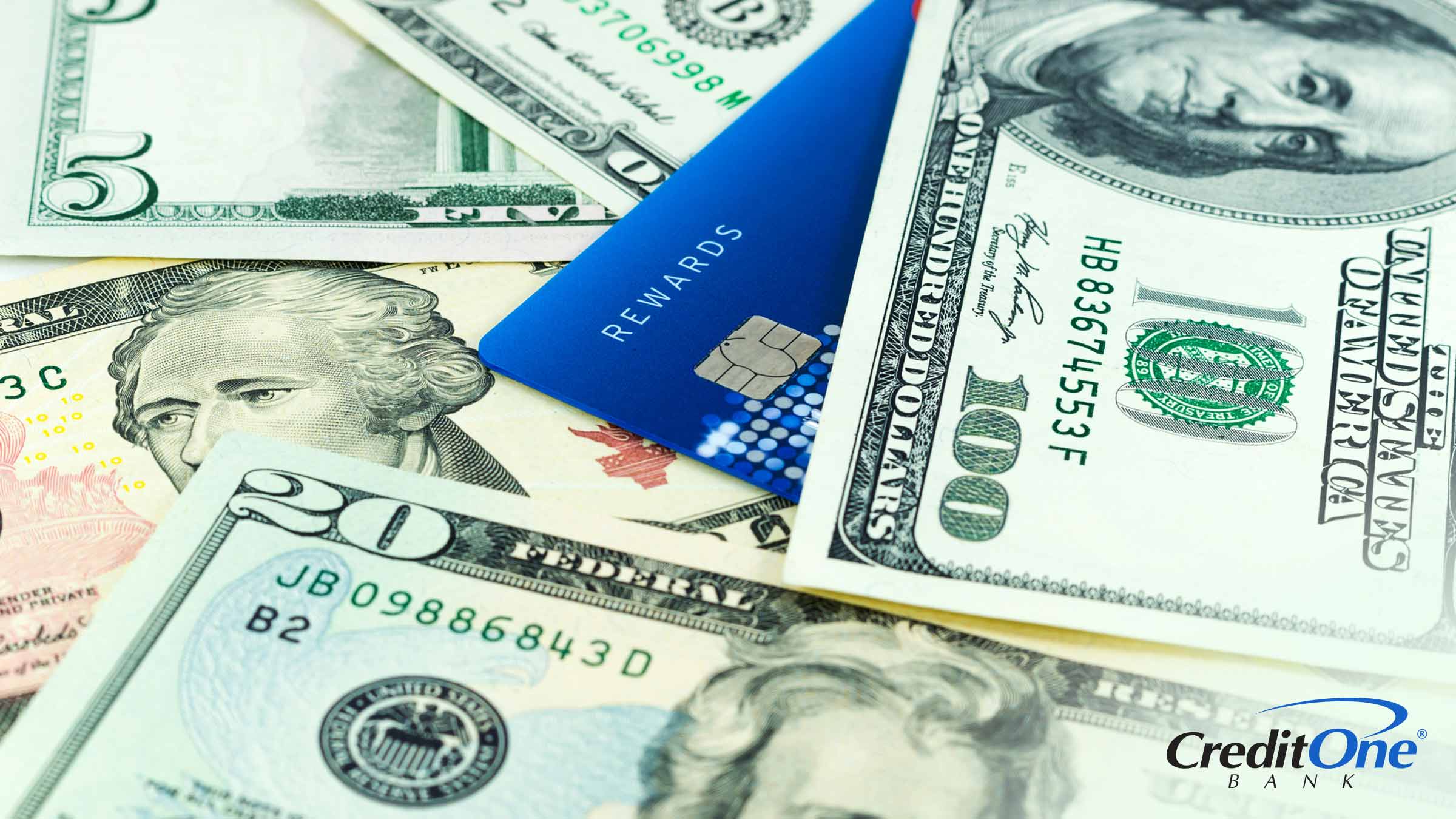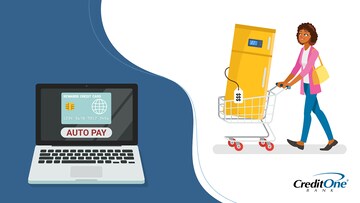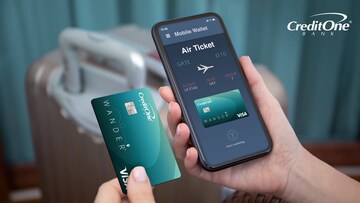How to Maximize Credit Card Rewards
June 03, 2025
Earning credit card rewards is great, but maximizing those rewards is even better. Find out various parameters and strategies to increase your return on spending.

Introduction
Today’s consumer doesn’t just want a credit card. They want a credit card that earns rewards — the more rewards, the better. And credit card issuers have heard that request loud and clear, responding by raising the bar on customer perks.
So what used to be “good” is now just “average,” and people want (and expect) more and more value. That’s where maximizing what you earn comes into play.
You may have multiple credit cards, with each one having a different rewards structure. Maximizing credit card rewards involves choosing the card that earns the highest rewards on each purchase you make, and then paying off that card each month. So whether it’s everyday necessities like gas, groceries, and utility bills or fun things like entertainment, travel and dining, using the right card for the right purchase is key.
Understanding What’s Out There
The first step to maximizing credit card rewards is knowing what’s available to you. Some cards and offers will be more suited to your spending habits and lifestyle preferences than others.
We can break this down into three areas of rewards: categories, levels, and types.
Rewards categories
Many credit cards offer higher levels of rewards for spending in certain product categories. And some of them might not offer any rewards except in focused categories. These categories are like a map showing you where to go — or where to spend for best results.
For example, a travel-focused card will reward travel expenses like hotels, flights and car rentals. You can maximize your travel perks by choosing that card whenever you book travel. Another card might give rewards for pet supply purchases, while a third is all about entertainment, like concerts, movies, and streaming services.
Rewards levels
Next, you have your rewards levels for the various categories. Some cards will give you a flat rate — the same rewards level regardless of what you buy, like 1% or 2% cash back on all purchases. Others will have different tiers for different types of purchases. These levels are like a spotlight showing you what you should focus on for maximum rewards.
For example, one card might give you 1% cash back at drug stores, 2% on travel, and 3% when you shop at one of the bank’s partner companies. Another card might offer 5% on everyday purchases like gas and groceries, and 1% on everything else.
Depending on the rewards structure, these categories may change periodically, be customizable, or automatically align with your most common purchases.
Rewards types
Finally, you’ve got various types of rewards, like cash back, points or miles. These different types are like an instruction manual showing you how you’ll receive your rewards.
You might prefer the simplicity of cash back rewards, where you get “cash” back in the form of a statement credit, automatic deposit, or even a check in the mail. Or maybe you want to build up your air miles or points to help cover vacation costs or earn gift cards for a favorite restaurant. Whichever type of structure you prefer, it’s easier to maximize your rewards when the program aligns with your financial goals.
Optimizing Your Credit Card Points and Cash Back Rewards
To get the most out of your credit card rewards, it helps to strategize or consolidate your spending. If you choose the best card for each purchase, your rewards can add up faster.
For example, put your everyday purchases on your best cash back rewards credit card. Use your gas rewards card strictly for fuel purchases, and retail cards for targeted brand purchases. If you have a card that offers more points for airfare and other travel expenses, make this your travel card.
And finally, keep an eye on rotating rewards categories or bonus cash back promotions on specific purchases. Most of these offers are for a limited time, so it’s important to take advantage of them when they’re active. The more you can tailor your spending around eligible purchases, the more you’ll potentially earn.
Redeeming Your Rewards
Some types of rewards are applied to your account as statement credits without you having to do anything, while others require manual redemption. Some rewards will stay in your account until you’re ready to use them, but others may have expiration dates. And many programs need a minimum number of rewards to be accumulated before you can redeem them.
Common redemption options include:
- Getting automatic statement credits from your earned cash back rewards
- Trading your points or cash back rewards for gift cards or rebates
- Earning points to redeem for retail items like electronics, jewelry, and pet supplies
- Using your points to make donations to charity
- Earning miles for airfare at a specific airline
- Getting points to save money on hotels or other travel costs
- Receiving enhanced rewards from a specific co-branded company or retailer
These days, the lines aren’t always clear, because many rewards programs let you turn points into cash back or vice versa. But other programs don’t, so it’s important to understand how to redeem your rewards. That way, you can be sure to use your points when you have enough, and before they expire.
Making Your Card Work for You
Rewards programs are one of the benefits to using credit cards over debit cards. By learning how to maximize your credit card rewards and applying a sound strategy, you can earn cash back rebates and gift cards, receive some great merchandise, enjoy savings on entertainment activities, or get discounts on travel purchases.
But let’s think outside the box for a minute here. Another way to get more out of your rewards credit cards is by leveraging them to build your credit. Making frequent purchases and then paying off your card in a timely manner is an excellent way to boost your credit score. Today, many cards also provide a free credit tracker so you can see how your score changes every month.
Pro tip: If you combine earning rewards with paying off your balance during the grace period, you won’t have to worry about interest charges wiping out the value of your rewards. In fact, paying off your cards instead of carrying a balance is not only good for your credit, but it’s one of the most important practices when it comes to optimizing your credit card rewards.
Bottom Line
There’s no shortage of different credit card rewards programs, and maximizing your return is a relatively simple process. You just need to choose the cards that are right for your lifestyle, strategize your usage to get the highest level of rewards possible, and pay off the balances on those cards. Oh, and let’s not forget the best part — you’ve got to have fun redeeming all your rewards, because you’ve earned them.
If you’re looking for a new rewards credit card that works best with your purchase patterns, make sure you browse the credit cards available to you, and see if you pre-qualify for your favorite ones.



